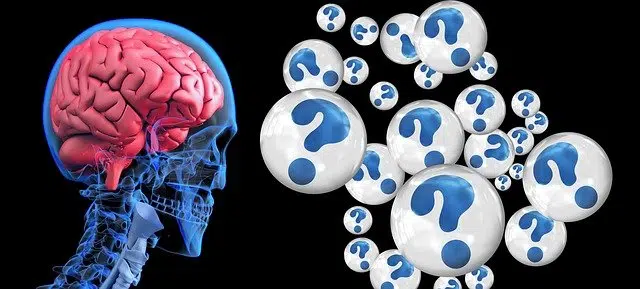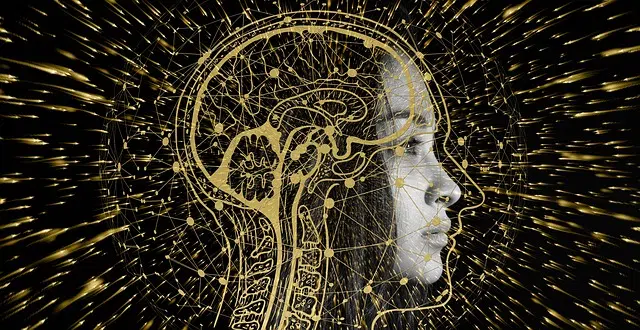
Neurolinguistics analyzes how the brain understands, identifies and generates language.
The discipline that analyzes the methods of the human brain to achieve the understanding, generation and identification of language , both spoken and written, is known as neurolinguistics .
According to experts, neurolinguistics has an interdisciplinary root since it benefits from contributions from linguistics , neurobiology and computational linguistics . The notion of neurolinguistics is usually linked to the study of aphasia , a difficulty that reflects a linguistic deficiency due to specific forms of brain damage.
Historical development of neurolinguistics
For this reason, it is customary to say that aphasiology constitutes the historical basis of neurolinguistics. In any case, over the years, this discipline achieved valuable development and has managed to complement itself with new technologies, thereby expanding its field of action.
For example, more modern brain imaging techniques have provided new insights into the anatomical structure based on language functions. With these images, the use of energy in the brain area can be analyzed while actions aimed at processing language are carried out.
The so-called electrophysiological techniques EEG (electroencephalography) and EMG (electromyography) , for their part, offer resolution on a scale of milliseconds, although the nature of the brain mechanism that causes electrical signals on the scalp has not yet been the subject of study. , which makes its interpretation difficult. EEG and EMG are used to test cognitive-computational theories related to the organization of language, without considering their neurobiological implementation.

Aphasiology is considered to be the basis of neurolinguistics at a historical level.
The cerebral hemispheres
For a better understanding of the concept we can explain that the brain is divided into two halves that at first glance are identical, which are called the left and right hemisphere ; The first is the one we use mostly when we are creating something, the second is the one that deals with logical issues and usually presents greater activity when we are talking or studying mathematics.
Each of these halves is made up of four lobes: the frontal lobe (controls movements), the parietal lobe (makes associations between different information), the temporal lobe (is responsible for hearing ability and processing temporal relationships) and the occipital lobe (processes graphic information and understanding of written language).
Neurolinguistics, in this framework, is responsible for studying the normal functioning of speech mechanisms, taking into account the characteristic functions of each area of the brain.
Neurolinguistics and psycholinguistics
It is interesting to mention that neurolinguistics is closely linked to psycholinguistics , which studies the cognitive mechanisms of language through the traditional techniques of experimental psychology .
Psycholinguistics is the discipline that is related to both cognitive psychology and linguistics and specializes in studying the mental processes related to the understanding and emission of messages in a communication situation. The elements involved in this study are the psychological and neurological factors that make it possible for people to acquire language and use it appropriately.
NLP
Neurolinguistics appeals to the computational model to test the lack of consistency of the specific hypotheses that attempt to focus on the neural architecture of language. It is a way of abstracting concepts in order to be understood through this science .
The concept of NLP refers to the union of three terms: Programming (ability to implement behavioral programs), Neuro (sensory perceptions that mark the emotional state of an individual) and Linguistics (verbal and non-verbal means that human beings use to communicate); From this union the following meaning can be extracted.
Neurolinguistic Programming is not a concept exclusive to computers, it refers to a type of therapy through which you can understand the way in which a person processes the data that enters their brain through sensory experiences. Through NLP you can learn information and work with it, allowing the patient to change what is unhealthy for new ways of understanding the same situation. It is a term that is associated with therapies such as hypnosis and its objective is to modify a negative memory for one that generates a certain pleasure, changing the direction in which a person understands a certain fact so that it does not cause pain or anxiety .
